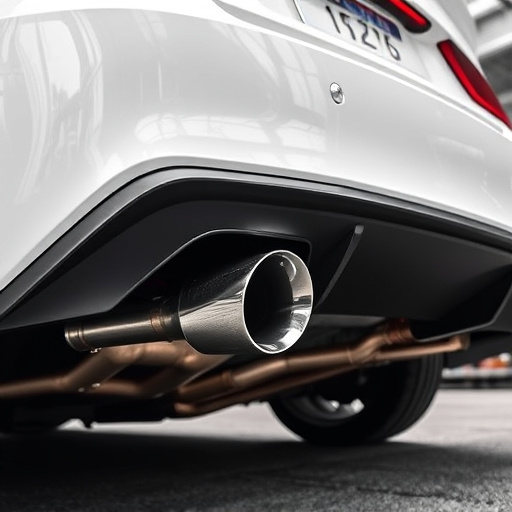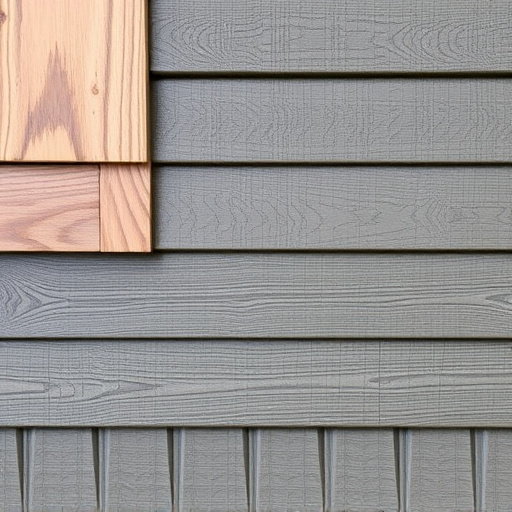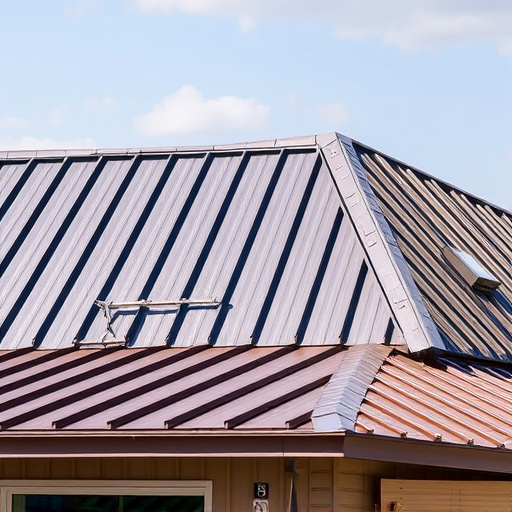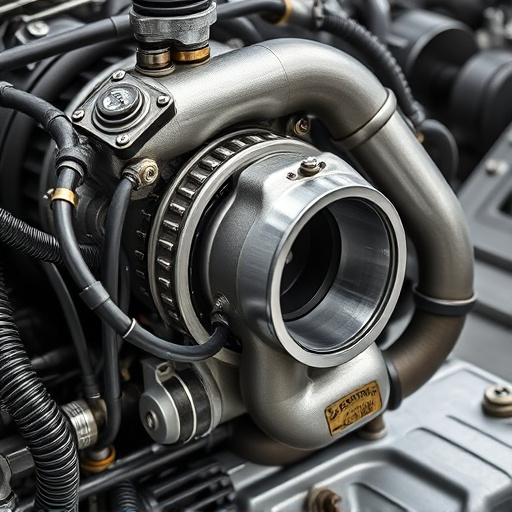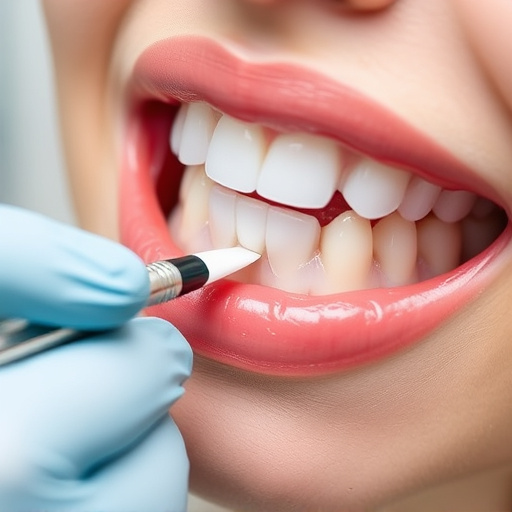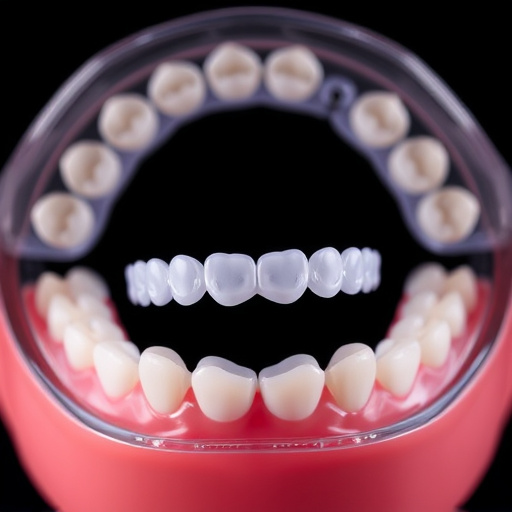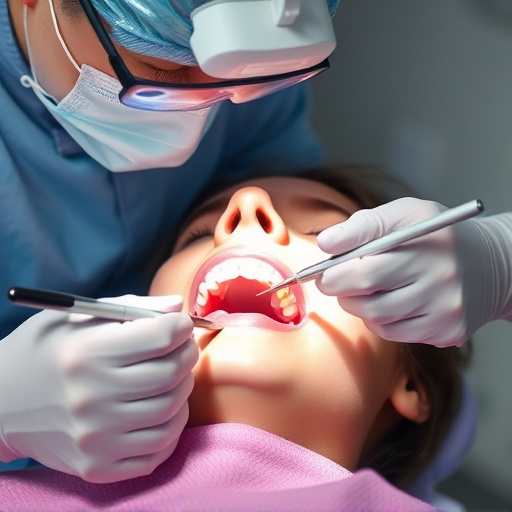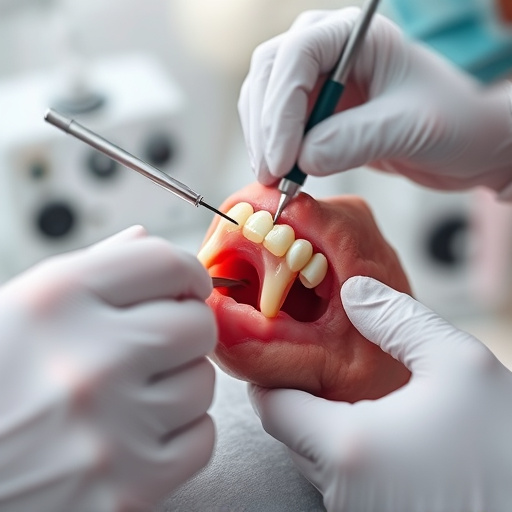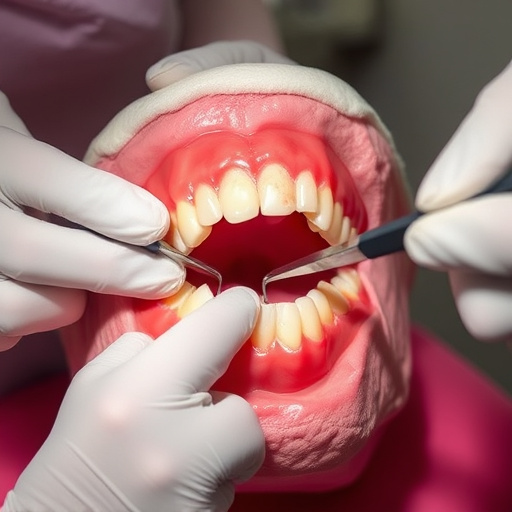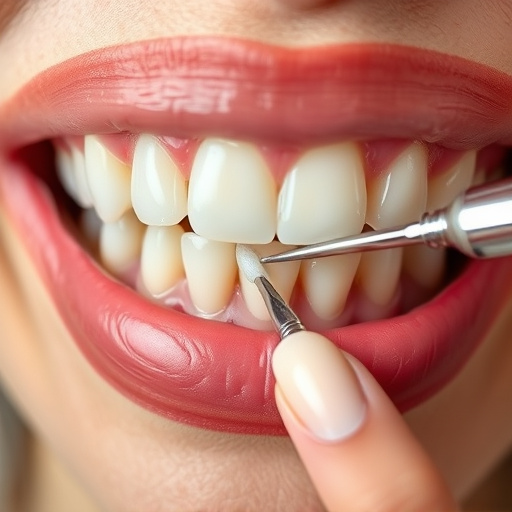Dental bridge replacement is a complex process starting with a dentist's evaluation of dental health, jaw structure, and aesthetic preferences. Precise models are created using X-rays and impressions, and the procedure involves preparing anchor teeth, cleaning, fitting, and adjusting the bridge for comfort. Modern techniques use advanced tools and planning for minimal anxiety, faster recovery, and improved patient satisfaction. Bridges offer permanent, durable solutions, lasting many years with proper maintenance through brushing, flossing, and dental check-ups.
Dental bridges are a popular solution for missing teeth, offering both aesthetic and functional benefits. This article delves into the gentle and modern techniques used in dental bridge replacement, ensuring patient comfort throughout the process. We’ll explore the step-by-step procedure, highlighting how advanced methods enhance healing and results. Additionally, we provide long-term maintenance tips to ensure your new bridge lasts for years, all while discussing the comprehensive advantages of this life-changing treatment.
- Understanding Dental Bridge Replacement Process
- Gentle Techniques for Enhanced Patient Comfort
- Long-Term Benefits and Maintenance Tips
Understanding Dental Bridge Replacement Process
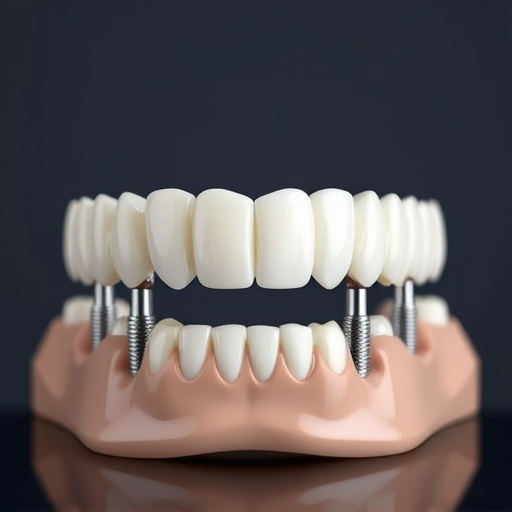
Dental bridge replacement is a process that involves several steps to restore your smile and oral health. It begins with an evaluation by your dentist to determine if bridges are the best solution for replacing missing teeth. During this consultation, they will discuss the benefits and consider factors like your overall dental health, jaw structure, and aesthetic preferences. If bridges are recommended, X-rays and impressions of your teeth will be taken to create precise models for customization.
The procedure itself often involves preparing adjacent healthy teeth as anchors for the bridge. This preparation includes shaping them to accommodate the crowns that will support the artificial tooth (or teeth). In some cases, emergency dental care might be required prior to or between visits if issues like decay or gum disease are present. After the preparations, your dentist will fit and adjust the bridge, ensuring a comfortable fit. A final step is often a teeth cleaning to ensure optimal oral hygiene around the newly placed bridge.
Gentle Techniques for Enhanced Patient Comfort
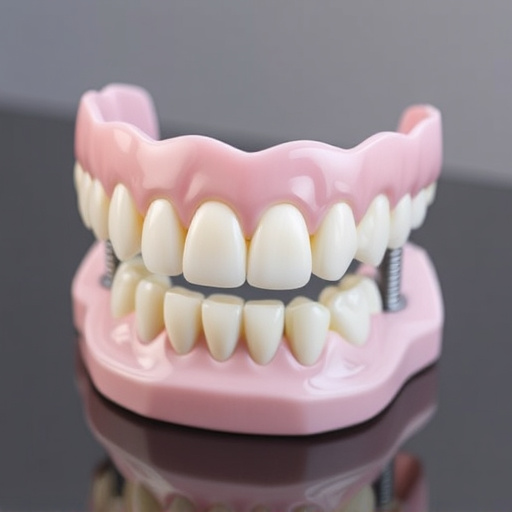
In the realm of dental bridge replacement, gentle techniques have emerged as a game-changer for patient comfort. Gone are the days when procedures were associated with discomfort and anxiety. Modern restorative dentistry prioritizes patient welfare, ensuring that even complex treatments like dental bridge replacements can be carried out with minimal hassle. These innovative methods involve advanced tools and precision techniques to create a seamless experience for the patient.
By integrating gentle techniques, dentists offer a more comfortable and relaxed environment during the procedure. This approach includes thorough teeth cleaning and meticulous planning to prepare the mouth for the new bridge. As a result, patients can expect reduced sensitivity and quicker recovery times, transforming what was once a daunting task into a less stressful experience. Such restorative dentistry practices not only enhance overall patient satisfaction but also contribute to long-term oral health.
Long-Term Benefits and Maintenance Tips
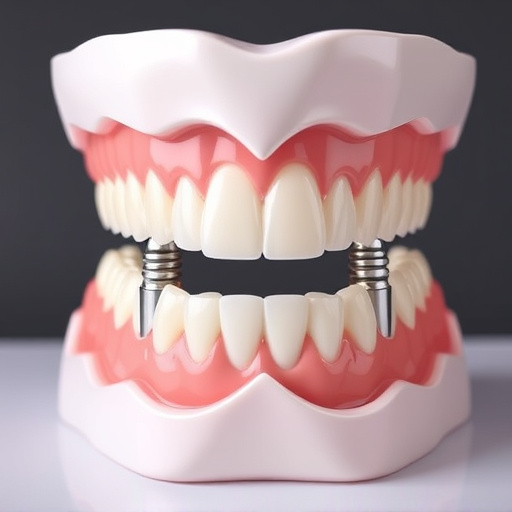
A dental bridge replacement offers long-term benefits that extend far beyond improved aesthetics. Once in place, properly maintained bridges can last for many years, providing a permanent solution to tooth loss. This longevity is crucial, especially when considering the potential complications and costs associated with repeated repairs or replacements of other tooth restoration methods like clear aligners or general dentistry procedures.
Regular maintenance plays a vital role in ensuring the durability of your dental bridge. Simple practices such as consistent brushing and flossing, along with routine dental check-ups, can help prevent plaque buildup and gum disease, which are major causes of bridge failure. Additionally, maintaining good oral hygiene supports overall tooth repair and general dentistry needs, promoting better long-term results.
Dental bridge replacement, when performed with gentle techniques, offers enhanced comfort and long-lasting results. By understanding the process and adopting modern approaches, patients can experience a more pleasant journey towards restoring their smiles. Regular maintenance ensures the longevity of these solutions, providing a functional and aesthetically pleasing alternative to traditional methods. Embrace these innovative practices for a comfortable and effective dental bridge replacement.
